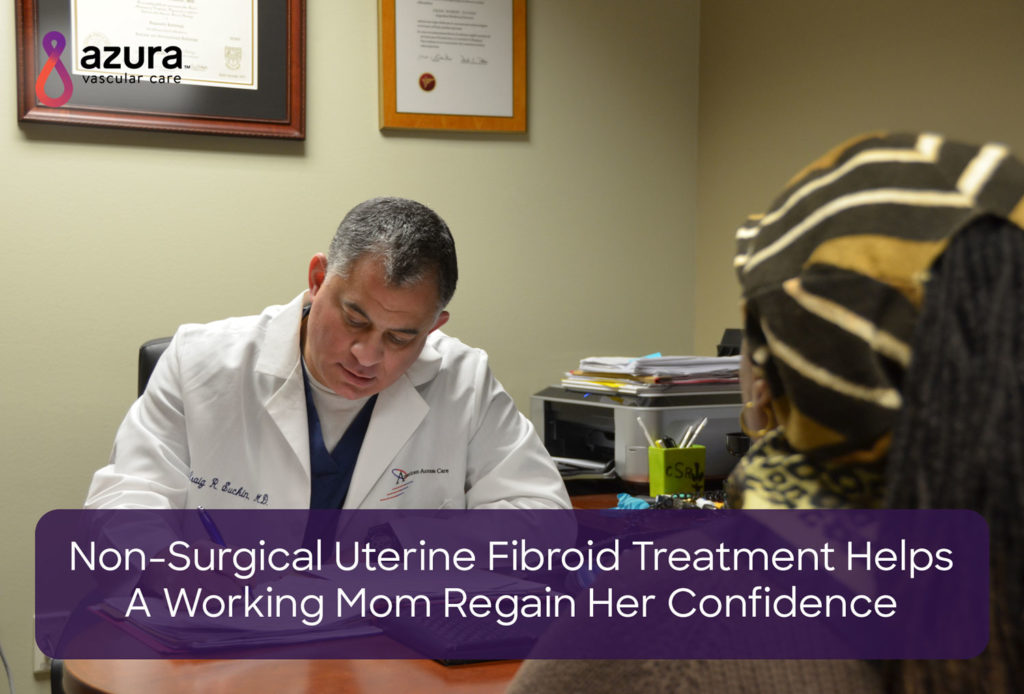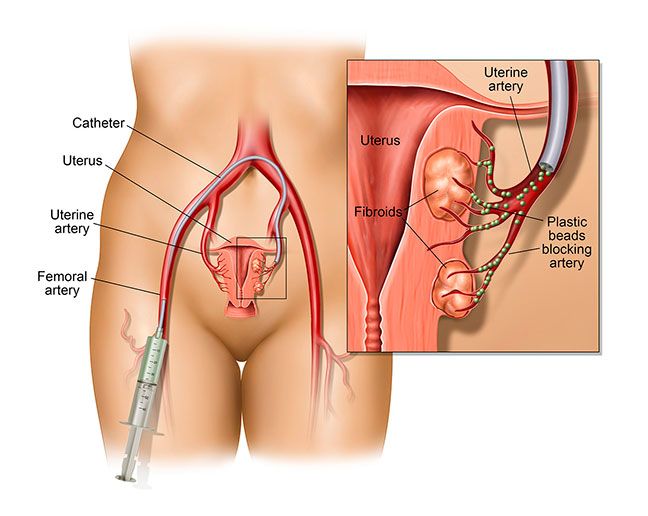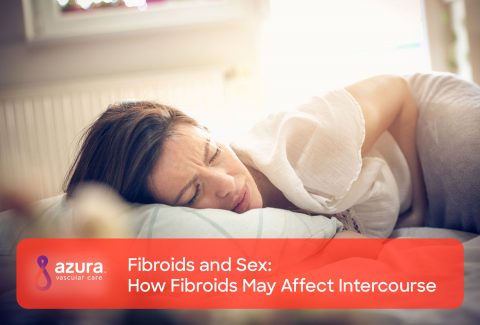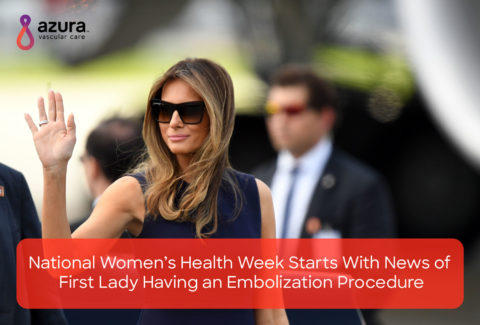
In honor of National Women’s Health Week, we share the story of Catrease and her personal struggles with uterine fibroids. Millions of women nationwide suffer from uterine fibroids, especially women of color, and we hope that her story will inspire other women suffering from uterine fibroids to seek relief.
“Uterine fibroid embolization gave me back my life”
For Catrease, a hospital worker and a mother, living with heavy blood flow during her period was a way of life. She would meticulously track her period and dread its arrival each month. When that time of the month rolled around, it became the center of her life and consumed her thoughts, actions and even her sleep pattern.
During her period, Catrease’s life was constantly disrupted:
- She would stay indoors with no desire to go out or be far from home. If she had an appointment, then she would go directly to the appointment and return home as quickly as possible. And if she was on vacation and got her period, her vacation would be ruined because all she would be thinking about was if she was going to have an accident.
- She would go to the bathroom at least once an hour to change her tampon and pad. She always wore both for protection against leaks but she frequently bled through both layers. She was always conscious of the time and thinking about her next trip to the bathroom to change again.
- She would dress only in dark-colored clothing because if she accidentally bled through, the blood wouldn’t be as noticeable on dark clothes.
- She woke herself up every hour and a half to change her tampon and pad because she was afraid that she would stain her bedding. She slept poorly due to the disruptions and was tired at work the next day.
“My mind was on my period every day, that’s where my head was,” she said.
Other than the extremely heavy bleeding, Catrease did not experience any pre-menstrual symptoms or any pain during her period. The duration of her cycle was approximately five days, falling within the normal time frame. Due to her heavy bleeding, her primary care physician was concerned about her low iron level and prescribed iron pills for her to take to counter a low blood count.
When she went to visit her gynecologist for an examination, she was told that she had uterine fibroids. At the time, she did not have any pain or prolonged bleeding and did not pursue fibroid treatment.
In May 2016, Catrease’s menstrual cycle took a turn for the worse. Her flow increased to an unbearable level, bleeding through layers of clothes and lasting nearly two weeks. To top it off, she endured two menstrual cycles in the same month. Distraught with having two periods in the same month with increased and prolonged bleeding, she went back to her gynecologist seeking options.
With one child and no interest in having any more children, Catrease inquired about a hysterectomy, desperate to end her heavy bleeding and take back control of her life. Her gynecologist put her on a birth control regimen as a temporary solution to control the bleeding and recommended looking into uterine fibroid embolization (UFE), a non-surgical, minimally invasive treatment for uterine fibroids. Catrease was provided with a UFE brochure to review and after deciding that this was what she wanted as a long-term solution to end her suffering, she was referred to Dr. Craig Suchin, Medical Director of Baltimore Vascular Care.

“Dr. Suchin listened and understood where I was coming from. He showed me MRIs of what fibroids looked like and explained how they worked,” she said. “He showed me the embolization spheres, described the procedure and explained that cutting off the blood supply shrinks the fibroids and helps with the bleeding.”
An MRI revealed one huge fibroid and two medium-sized fibroids in Catrease’s uterus, and Dr. Suchin explained that these fibroids were causing her heavy and prolonged bleeding.
In July, 2016, Dr. Suchin treated all three fibroids during a single UFE procedure. Performed under mild sedation in a comfortable outpatient setting, Catrease was able to go home the same day and recover in the comfort of her home. In less than two weeks, Catrease returned to work, fully recovered and back in control of her life.
“I’m so thankful. This was the best decision I ever made,” she said. “I recommend this procedure. It’s changed my life!”
Since the uterine fibroid embolization procedure, Catrease’s period is under control. Her blood count is up and she no longer needs to take prescribed iron pills. She’s able to enjoy her life with the confidence of not having to worry or think about her period. She’s doing great!
Catrease’s advice to a work colleague and to all women in a similar situation: “Hysterectomy is not your only choice. You have options. Try UFE—you don’t have to worry about a long recovery. The recovery is quick and you can get back to work sooner!”
National Women’s Health Week kicked off on Mother’s Day, May 13, and is celebrated through May 19. If you or someone close to you suffers from uterine fibroids, let this week serve as a reminder for all women to make their health a priority by seeking treatment from the debilitating symptoms of fibroids.

![She Said “NO” to a Hysterectomy [Patient Story]](https://www.azuravascularcare.com/assets/She-Said-no-to-a-Hysterectomy-480x325.jpg)

